The Shenyang Palace Museum
Nestled in the Imperial Palace of the Qing Dynasty in Shenyang, the museum can be divided into three sections: the eastern section, the middle section, and the western section.
The Dazheng Palace and the Shiwang Pavilion in the eastern section, with a layout originating from the shape of a nomadic tent, represent the “eight-banner” system, a distinctive social organizational system in Manchu society. They formerly served as the place where emperors held grand ceremonies and settled national affairs with leaders of the eight banners.
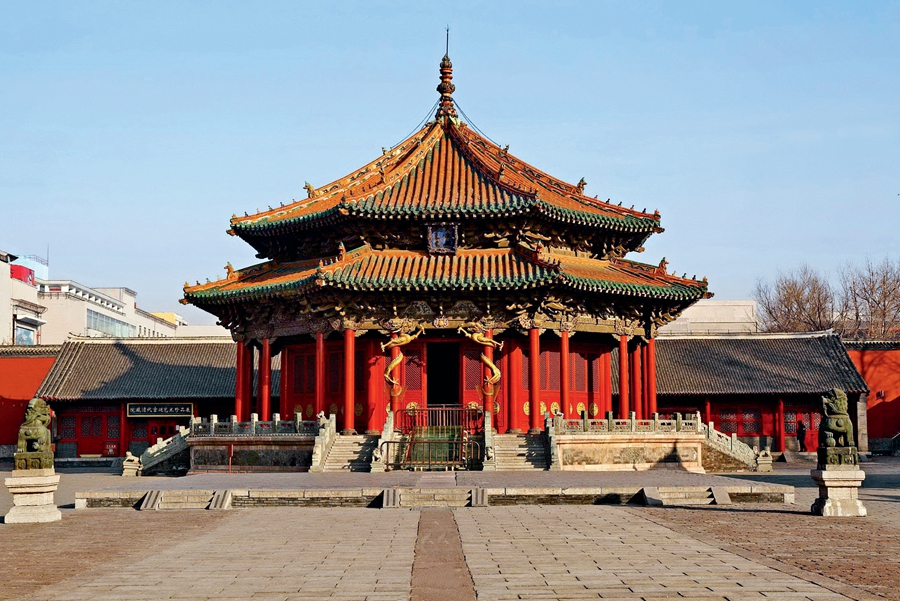
In the middle section, the towering bedchamber contrasts with the ground-level Thorn Hall, a unique character of the Shenyang Imperial Palace. The section was the place where emperors handled state affairs and their wives resided. The architectural arrangements originated from Manchu people’s tradition of living on high grounds. The edges of the glazed tiles on the ridge of the buildings were painted green, representing Manchu people’s affection for the prairie.
The Opera Stage, the Jiayin Hall, Wensu Pavilion, and Yangxi Chamber in the western section served as places where emperors of the Qing Dynasty watched the opera and read books. The Complete Library of Four Branches of Books is stored here.
The museum houses impressive collections of imperial wares and artworks, including paintings, calligraphy, imperial artworks, and embroidered dresses.
Transport: Take Shenyang Metro Line 1 or the Loop Bus.
Zhaoling Mausoleum of the Qing Dynasty
Also known as Northern Mausoleum, it is the tomb of the second Qing emperor, Huang Taiji, and his wife. It was the largest and grandest of the three imperial tombs north of the Great Wall. As it is located about five km in northern urban Shenyang, it got the name of Northern Mausoleum.
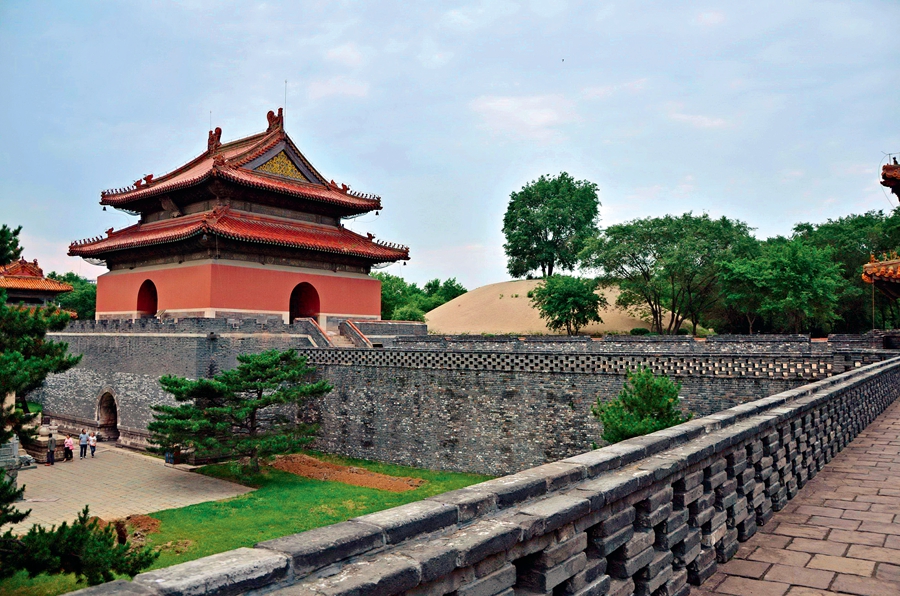
Boasting towering ancient trees, vibrant vegetation, clear lakes and majestic pavilions and halls, the spot exhibits both the majesty and magnificence of the imperial tombs of the Qing Dynasty and the elegance and grace of modern horticulture. It is representative of imperial tombs north of the Great Wall in the early Qing Dynasty and one of the few existing well-preserved ancient imperial mausoleums.
Transport: Take Shenyang Metro Line 2.
1905 Creative Culture Park
A fledgling creative community flourishes in the Xinghua North Street, Tiexi District. Formerly a workshop of Shenyang Heavy Machinery Corporation (SHMC), it was the birthplace of the first molten steel of the PRC. On May 18, 2009, SHMC cast the statute of two characters “Tie Xi” with the last molten steel the workshop produced. After relocation of SHMC, the workshop was retained as a memory of the industrial history.

The place has been renovated into a meeting place for artists, featuring cafes, bars, and restaurants where exhibitions and concerts are held. Every August, a creativity market is held here to allow original ideas to be translated into artworks.
Transport: Take buses No. 141, 208, 268 or 277 to Heavy Machinery Cultural Square.
China Industrial Museum
Located at the intersection of Weigong North Street and Beiyi West Road in Tiexi District, the museum has been reconstructed and expanded on the basis of the former casting museum. Covering a constructed area of 53,000 square meters, it exhibits the history of China’s industrial development and the achievements of revitalization of old industrial bases.
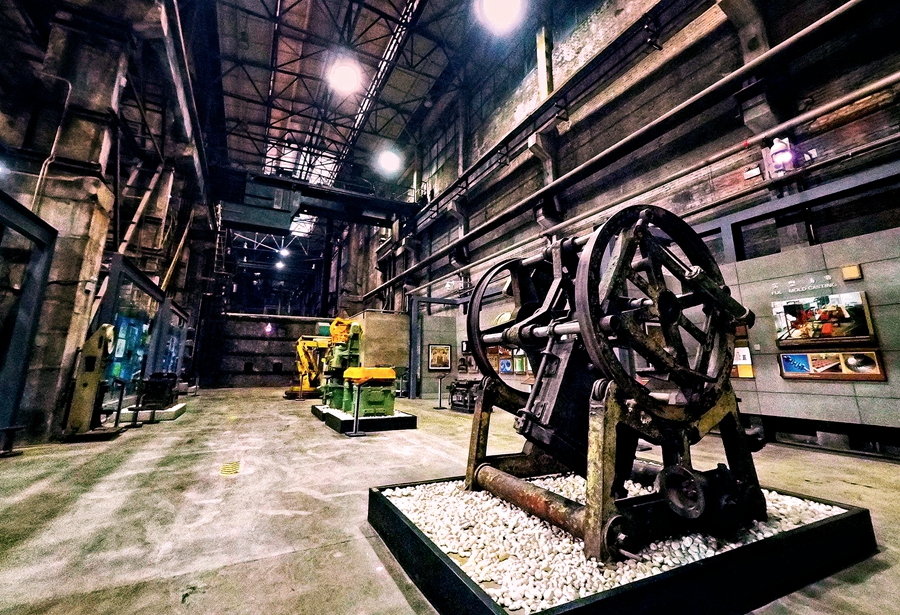
Opened in May 2012, the first phase of the museum consisted of four exhibition halls: the general history hall, the machine tool hall, the casting hall and the hall showcasing the 10-year achievements in Tiexi. It covered an area of nearly 20,000 square meters and exhibited some 1,300 items. The second phase opened in September 2013 and was made up by the metallurgy hall, the heavy machinery hall, the electromechanical hall, the automobile hall, Hong Kong hall, the car model exhibition, and Tiexi hall.
Transport: Take buses No. 175, 176, 267, 277 or 288 to the intersection of Weigong North Street and Beiyi West Road in Tiexi District.
Liu Laogen Grand Stage
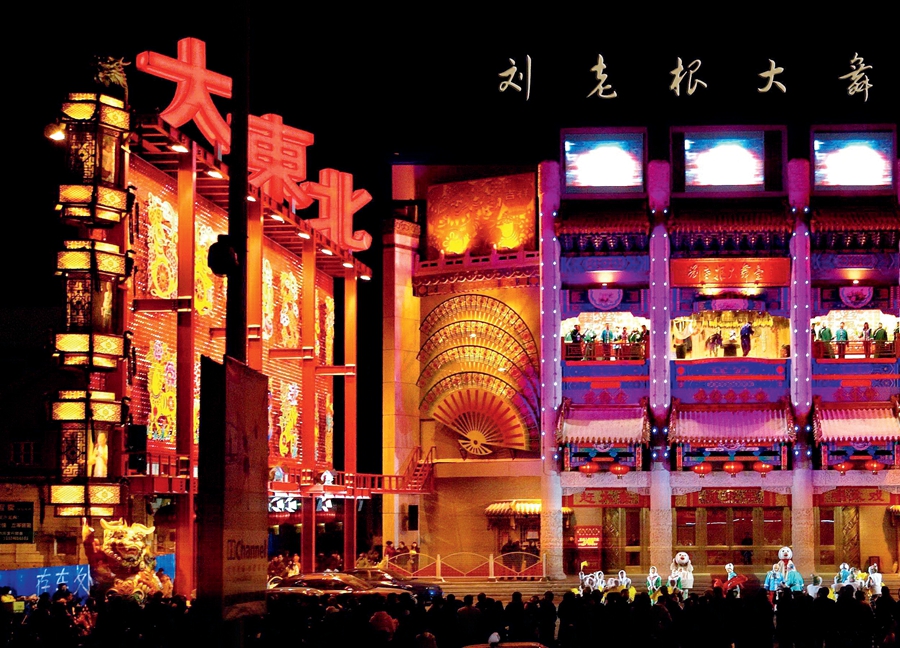
It is a chain theater brand specializing in song-and-dance duets with many locations in Shenyang. The location in the Middle Street, the busiest commercial pedestrian street in Shenyang, is the first “green theater” of the art. Formerly known as Shenyang Grand Stage, the theater was a century-old building dating back to 1908. Benshan Media Group purchased it in 2007 and renovated it into a flagship performing center for errenzhuan. Every evening, the building is filled to the brim with people and laughter. On the third story of the theater facade is an iconic sign of donkey pulling a grind, in which the donkey rotates merrily around the grind in tune with the music every night. Under it is the Happy Plaza where performers greet visitors across China accompanied with the music of Yangge.
Transport: Take buses No. 213, 294 or 290 to the Middle Street.
Imperial Temple Fair
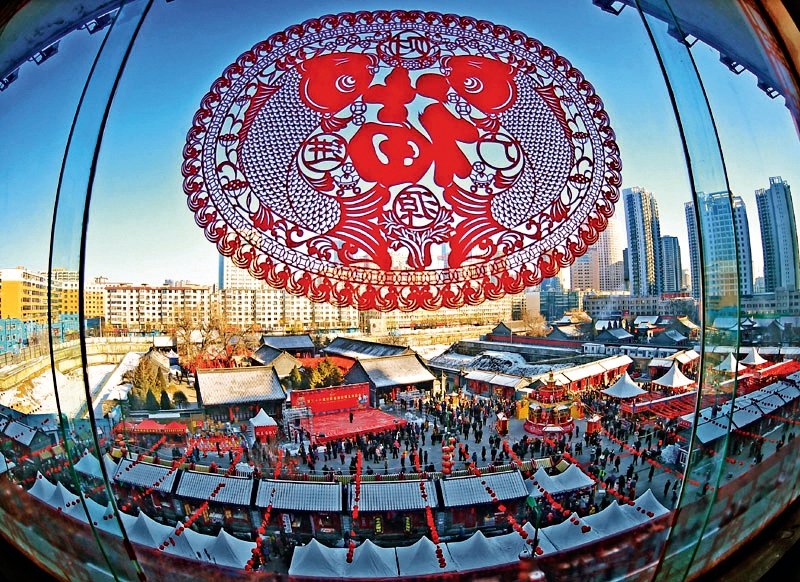
The Shenyang Imperial Temple Fair, Beijing Temple of Earth Fair, Shanghai City God Temple Fair, and Nanjing Confucius Temple Fair are the four best known temple fairs in China. The Shenyang Imperial Temple Fair falls on the Spring Festival, May 1 and October 1 with grand celebrations taking place in the Shisheng Temple. The fair gathers well-known delicacies and snacks from across China. It highlights performances of the popular errenzhuan, stunning shows, magic, instrumental performances, Manchu dances, emperor parade, princess’ wedding ceremony, the Xibe dances, and traditional wedding ceremonies. The fair also exhibits folk handicrafts of sugar painting, sugar-figure blowing, calabash carving, egg carving, and painting, among others.
Transport: Take buses No. 328, 152 or 399.